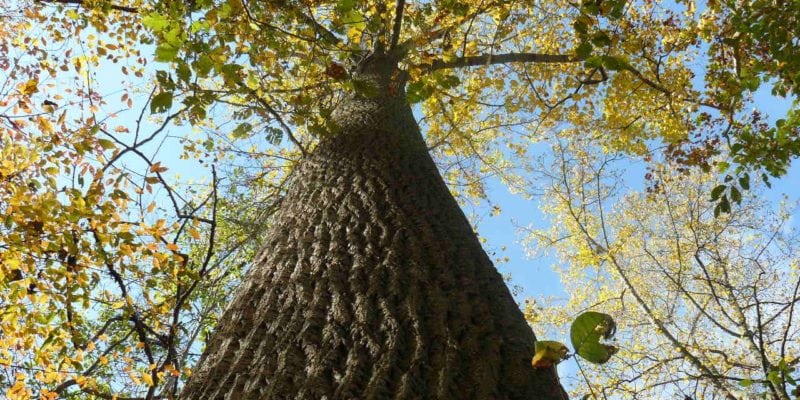I am happy to be back with Criswell’s Corner in our new website. My work in architectural and design outreach has continued unabated over these past months, but my writing has taken another hiatus. Today I am inspired to write a bit about an evaluation I received recently after a presentation. Generally, I receive great reviews even when my presentation is part of an eight-speaker day and some architects are there to hear about geothermal heating and roof systems.
As part of my presentation I contend that people generally resonate with wood clad environments in a way that they don’t with others. I have asked over 4,000 architects and designers around the world to present an argument to the notion that a wood clad room is simply a better space. No one has ever taken me up on that challenge. It is very subjective and difficult to articulate, but I generally see people nodding their heads in agreement.
I came to the conclusion, rather unscientifically, that we as humans resonate with wood due to the similarities between trees and humans. The evaluation I received that prompts this blog said that my comparison between trees and humans was “just silly.” I will let you decide how silly the comparison is.
I say that trees and humans are mostly water. This is true – trees are more than 50 % water and humans are 60% water. I also say that we share the same approximate percentage of carbon, about 18%. That number rises in wood as it is dried, to 50% of a board’s dry weight being stored carbon. Trees and humans share a symbiotic relationship in the carbon/oxygen cycle of life and humans therefore depend a great deal on trees. The last similarity between trees and humans is that we are all unique.
Having survived stage 4 cancer, I am now on the Patient Advisory Council for a brand new Cancer Hospital in Kettering, Ohio. The council is comprised of current and surviving patients all of whom use their experiences to inform some of the critical interior design elements of the hospital. When asked to evaluate a series of interior renderings of exam rooms and treatment areas, the consensus was that the spaces that showed the most natural light and wood were deemed the most conducive to healing.
Wood, even in finished applications, will always take on and shed water to some degree and that same wood will hold its captured carbon for the life of the products. Data is being developed on the multiple beneficial effects of wood-clad environments on students, patients and office workers. I would obviously disagree with the person who dismissed my comparison between trees and humans of being “silly.”

